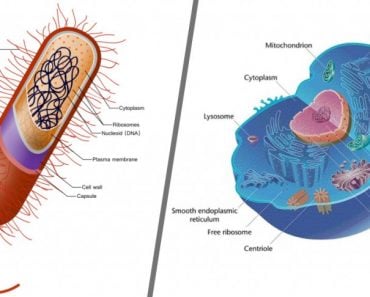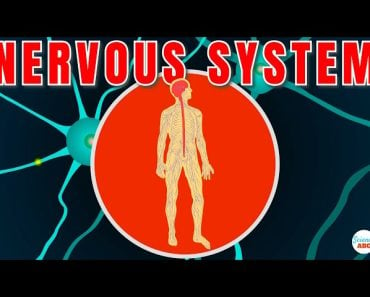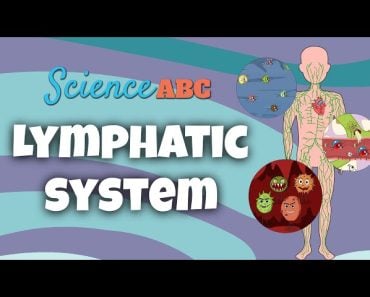Table of Contents (click to expand)
Cytosol is the fluid found inside living cells. More specifically, it’s the water-based fluid in which organelles, proteins and other structures of the cell live. Also known as the cytoplasmic matrix, it constitutes most of the intracellular fluid (ICF). Cytosol is often confused with cytoplasm, however, which is an entirely different entity within a cell.
Cytosol is often confused with cytoplasm. They both start with ‘cyto’ and seem to refer to the same thing in most cellular biology textbooks. However, though they appear to be interchangeable, they are two separate terms and their usage can provide different information.
While cytoplasm consists of all the contents found inside a cell (excluding the nucleus), cytosol is just the liquid or aqueous part of the cytoplasm. In other words, cytoplasm is the area of space outside the nucleus that consists of cytosol and other organelles.
Recommended Video for you:
Cytosol And Cytoplasm Definitions
Cytosol is the fluid found inside living cells. More specifically, it’s the water-based fluid in which organelles, proteins and other structures of the cell live. Also known as the cytoplasmic matrix, it constitutes most of the intracellular fluid (ICF).
The cytoplasm, on the other hand, is everything between the boundaries of the cell, excluding the nucleus. Cell biologists refer to the cytoplasm as everything between the cell membrane and the nucleus. The mitochondria floats in the cytoplasm.
The cytosol is the jelly-like fluid that forms the cytoplasmic medium. The mitochondria and its contents aren’t a part of the cytosol, though cytosol is a part of the cytoplasm.
The cytosol is made of the insoluble molecules like proteins (ribosomes), as well as cellular organelles like the mitochondria or the endoplasmic reticulum.

As you may already know, the cell is the basic unit of life. Every living being in the world is made of billions upon billions of cells, which are responsible for a number of essential life processes.
The boundary of the cell is called the cell membrane, enclosing all the cellular components. It is like the skin of the cell. The insides of the cell are made of various components—the cellular organelles like the mitochondria, nucleus, lysosomes, molecules and ions. All of this is floating in a primarily water-based fluid.
This water-based fluid, with dissolved ions like calcium and sodium, as well as larger dissolved molecules, is the cytosol. Another element of the cytosol are insoluble proteins like the ribosomes (the giant protein machine that makes proteins), and the cytoskeleton (the proteins that help the cell hold its shape, just like our bony skeleton).
Cytosol Composition
The majority of cytosol is water, which makes up nearly 70% of the total volume of a cell. While the pH of the intracellular fluid is 7.4, human cytosolic pH lies between 7.0-7.4, and is typically higher when a cell is growing. In addition to water, cytosol also consists of small molecules, dissolved ions and large water-soluble molecules (e.g., proteins).
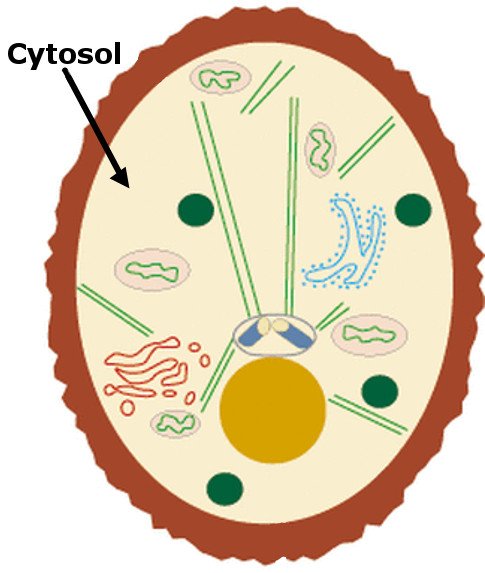
Note that the concentrations of the other ions present in the cytosol are different from those of the ions present in the extracellular fluid. In addition to that, higher amounts of charged macromolecules (e.g., proteins) and nucleic acids are present inside the cytosol than outside the cell structure.
Different cells will have a different cytosolic composition, meaning different concentrations of certain ions, amino acids (molecules that form proteins), sugars, and proteins. These differences in composition allow the myocardial cells (cardiac muscle cells) to keep the heart beating, and the neurons (brain cells) sending information throughout the body.
Cytosol Functions
The functions of the cytosol and the cytoplasm overlap, as the cytosol is a component of the cytoplasm. For this section, we will refer to the functions of the cytosol.
The cytosol does not have a single, well-defined function like other cellular components. Rather, it serves as a site for a number of intracellular processes.
One of these is signal transduction, a cellular mechanism that converts a stimulus into a response within the cell, from the cell membrane to sites present within the cell. Signal transduction is important since it passes on information regarding changes happening outside the cell, and sends info from within the cell to other parts of the cell. In this way, the cell can respond appropriately to these changes.
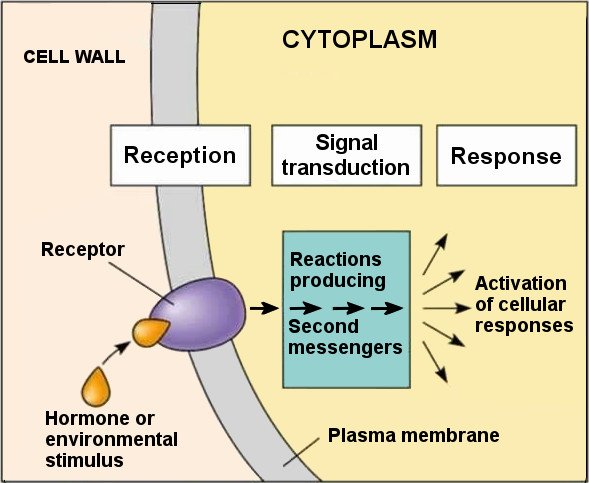
A number of enzymatic activities require cytosol, as enzymes often require certain pH levels, salt concentrations and other environmental conditions that are appropriately fulfilled by cytosol. In addition to that, cytosol provides structural support for organelles. In fact, most cells depend on the volume of cytosol to make space for chemicals to move within the cell.
The pH level and the ionic concentration of the cytosol is a crucial cellular component that provides structural support for these organelle. It also dictates how enzymes found in the cytosol (cytosolic enzymes) function, since enzymes need very specific conditions to operate properly.
All these small functions in conjunction make it possible for the cell to continue to perform a myriad of other essential functions. One can say that the main function of the cytoplasm, which includes the cytosol, is to support all the components within it in so that they can perform their respective functions.
Cytosol Vs Cytoplasm: Why Differentiate Between Them?
It is important to note that cytosol is a critical element of the cytoplasm. In a prokaryotic cell, cytosol is the host of almost all chemical reactions and metabolic processes that take place within the cell. Also, cytosol is the site for cell communication, while cytoplasm plays host to certain large-scale processes, such as cell division and glycolysis.
It is important to note that the cytosol excludes the components within the organelles. This distinction helps scientists clearly define the region where a molecule might be found. Saying a protein is a cytosolic protein indicates that it isn’t a part of any organelle, and its floating in the aqueous fluid in between.

These distinctions matter. They prevent unnecessary confusion based on foggy nomenclature and words that mean too many different things.
These might sound confusing to someone at the start of their journey into learning about cell biology, but the more one encounters the words and their usage in literature, the clearer the meanings of the words will become.
References (click to expand)
- ULTRASTRUCTURE OF THE EUKARYOTIC CELL The ....
- Cytoplasm.
- Shaiken, T. E., & Opekun, A. R. (2014, May 12). Dissecting the cell to nucleus, perinucleus and cytosol. Scientific Reports. Springer Science and Business Media LLC.
- Sarkar, M., Smith, A. E., & Pielak, G. J. (2013, November 11). Impact of reconstituted cytosol on protein stability. Proceedings of the National Academy of Sciences. Proceedings of the National Academy of Sciences.
- (2008). Tools of the Cell Biologist. Medical Cell Biology. Elsevier.







